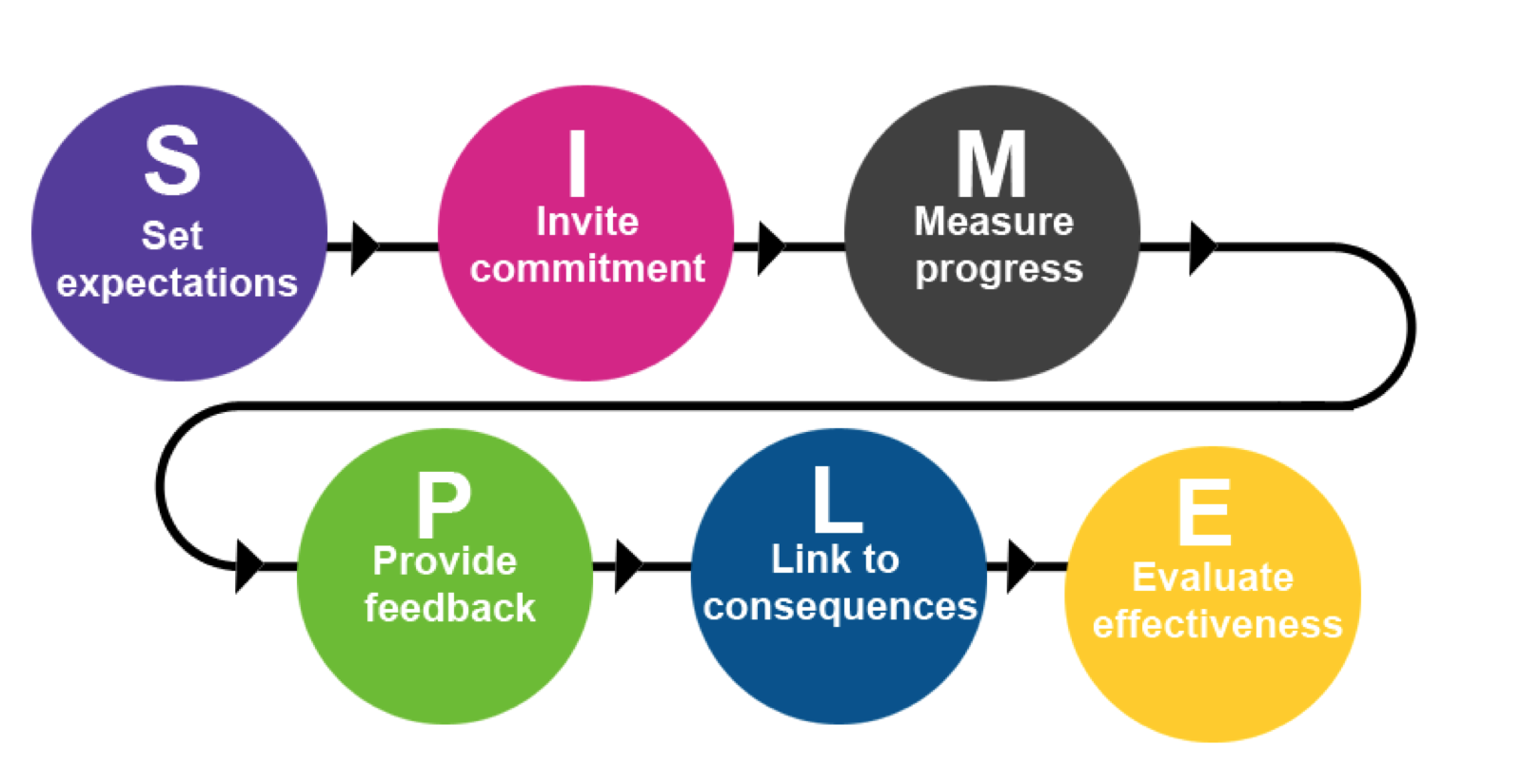 By Ingrid Owen, AFS Community Expert
By Ingrid Owen, AFS Community Expert
In the world of leading and managing a team, it is inevitable that we will have people on our team that act as little more than dead weight. Sometimes it’s a bad hire. Sometimes, its rooted in people growing disgruntled over time. Sometimes a management change or change in team dynamics can cause a team member who once was engaged to be disenchanted. Fact is if you lead people over a period of time, you need a degree in psychology as team dynamics and engagement are ever evolving and changing.

A solid performance management model becomes the backdrop for success, as without it, it becomes very difficult to take action on employees that are no longer performing. Simple is always best, so we can use the model above to help us understand that the secret to managing our team starts with a clear understanding of expectations.
From there, we agree on roles and outcomes and how performance will be measured. Next, we simply measure performance as agreed upon and provide feedback on the performance. The real truth is it’s a simple “Yes” or “No”. They either did what we agreed to or did not. Performance links directly to consequences. Consequences, in this case, typically create a coaching scenario on how to either continue to improve or to improve up to the standards set and agreed upon.
Let’s talk specifically about a team member not performing up to standards. For simplicity, let say you have hired a trainer on staff (Jason) who just started last month. We have high hopes for Jason as he comes aboard as a trainer and as such our first course of business is to discuss with him our expectations related to his sales and service numbers.
To keep it simple, we have a 90-day plan for all of our trainers, that show that in each month, they should service an average number of sessions weekly and sell “X” amount (could be dollars or packages or clients). A simple table like the one below can show our expectations and provide an important piece of documentation that can be used later if needed.

Once we outline expecatations, we must have a conversation with Jason to see if he agrees and will commit to the expectations. We can also outline how often we will check in and make sure he has what he needs to perform and meet the expectations. In the example of a new trainer, this should happen at least twice a month at a minimum. Step 3 is simple. We measure his performance and share it with him. With a solid foundation and regular coaching meetings, there are never any surprises here. It did or did not happen. If Jason succeeded, its easy, keep the growth coming! Praise and recognition are needed. If Jason fell short anywhere, you have to come to an understanding of what went wrong and what needs to change. As you evaluate Jason you must decide is he...
a “Can’t”?
a “Might”?
or a “Won’t”?
If he’s a “Can’t” – it’s a training issue. Try and re-train him and really ensure he can do what you need him to do.
If he’s a “Might” – it means he does what you need, just not consistently. This is a coaching issue. Spend time making sure Jason knows the WHY, not just the WHAT.
If he’s a “Won’t” – cut your losses. He won't do what you need and will eventually cause a disruption inside your club. Folks that won’t perform to the expectations you’ve set, aren’t the players you want on your team.
The last issue that arises quite often is good performers that don’t make great teammates. This is a tough one as they typically might be great with members or driving revenue, but poor teammates. It requires us to be clear about our expectations on how you expect your team to achieve their goals...as part of a team of many, not a team of one.
The key is to manage consistently across the employee base. Clear expectations, regular performance updates, consistent coaching conversations and clear cut consequences.
Ingrid Owen has been in the fitness industry for the past 25 years including 18 years with 24 Hour Fitness where she served in various capacities as the Vice President of Fitness, Group Fitness, Learning and Development as well as corporate Operations. She started her career as a GX instructor as well as a personal trainer. Eventually she entered the club management track and was elevated to Vice President of Operations before moving into a corporate role.


Join the Conversation!